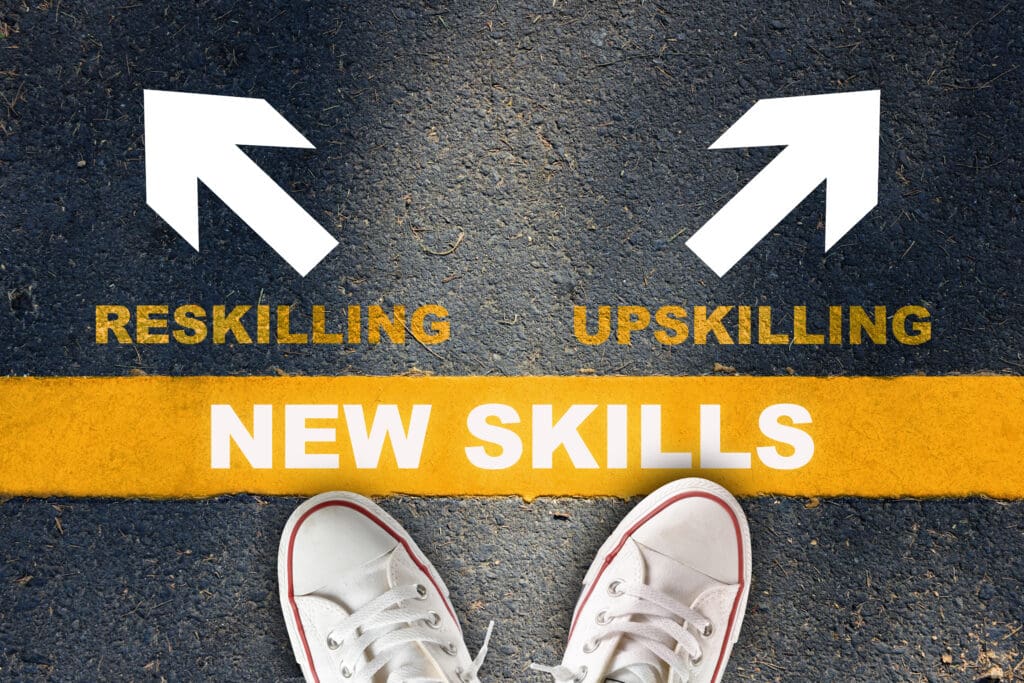Keeping up with a diverse workforce
Adults are staying in the workforce longer than ever before. According to the US Bureau of Labor Statistics, those between the age of 65 and 74 accounted for 20.4 percent of the workforce in 2002; this expanded to 26.8 percent in 2012. This group of older workers also had the largest increase relative to all other age groups over the decade. By 2022, the bureau predicts that 31.9 percent of workers will be within this range. At the same time, there is also an influx of younger employees entering the workforce.
More organizations are also making cultural, gender and thought diversity in their companies a priority. According to the survey, nearly 76 percent of companies agree that diversity will be a central issue. By prioritizing this important element of the business, companies avoid “dying on the vine” and eliminate institutional “group think.” Pulling together employees of different genders, backgrounds, and cultures can bring new perspectives to the business and ultimately lead to better decisions and business outcomes.
It is important to recognize that the growing diversity in the employee pool is met with natural differences among individual learners, including their technology preferences. As a result, it is becoming necessary for HR executives to implement programs that deliver a personalized learning experience and meet the technological expectations of a more diverse workforce. For example, when using an advanced learning solution, some participants may choose to log responses to knowledge checks via mobile device, while others choose to utilize a desktop PC. Having these options can make all the difference in engaging employees.
Another great way to meet the needs of a diverse workforce is to provide adaptable approaches to learning. Some learners prefer to watch a short video or listen to a podcast during their commute; others enjoy group discussions or hands-on workshops. HR leaders should develop content that can be repurposed and used for multiple approaches to reach the same objectives.
Harnessing the power of anytime, anywhere info
While the majority of survey respondents reported that they currently implement web-based or instructor-led learning programs, trends point toward mobile learning. In fact, the survey found that 20 percent of respondents say that their company is prioritizing the use of mobile learning in 2016. This format, along with a mobile-first approach to development, is becoming more desirable, as smartphones are changing learners’ expectations about the availability of information.
It’s no surprise that groups of all ages spend considerably more time on mobile devices today. Americans spend an average of 4.7 hours a day on their devices. This growing trend is changing learners’ expectations about how quickly they can access information and get answers to questions.
To support the mobile-first approach, we will also see a rise in micro-learning. Micro-learning is simply learning in small, digestible units – a strategy that uses short-term learning activities. While mobile learning makes it possible to access content quickly, anytime, and anywhere, learners are increasingly demanding access to what they need, and they want it in a timely fashion. Micro-learning addresses this need by focusing on a single learning objective that can be completed in four minutes or less. These short, “bite-sized” units may be formatted as videos, games or podcasts and are aligned with recent cognitive shifts. These shifts include decreased attention spans and increased multi-tasking.
Video will be a leading learning format
Because attention spans have shortened, it’s no surprise that survey data revealed that 20 percent of companies are prioritizing the use of video for learning in 2016. With this format, the key factor to keep in mind is that viewers are willing to spend very little time per video. Research of millions of videos between 2009 and 2012 indicates that shorter videos are best for getting people to view the entire program – 80 percent of a 30-second video will be viewed while only 25 percent of a 60-minute video will be viewed.
As such, HR executives should produce and deliver learning objectives in shorter videos where they are more likely to be fully consumed. An added bonus of these short videos is their role in meeting the needs of the diverse workforce. If some learners still prefer instructor-led training, short videos can be seamlessly integrated into the program. At the same time, videos enable digital learners to take their training on the go.
From video to mobile and even “old-school” tactics, organizations will continue to employ learning as a way to motivate employees, meet business goals, and create a positive company culture. As HR executives remain the driving force in corporate learning decision-making, it will be imperative that they strive to stay on top, or ahead, of these trends. With the right tools in place, employees will be armed with the resources to be a knowledgeable part of their organizations’ business growth.
Doug Stephen is SVP of the Learning Division at CGS. For more information on CGS’s recent research, visit https://go.cgsinc.com/cgs-enterprise-learning-2016-trends-report














